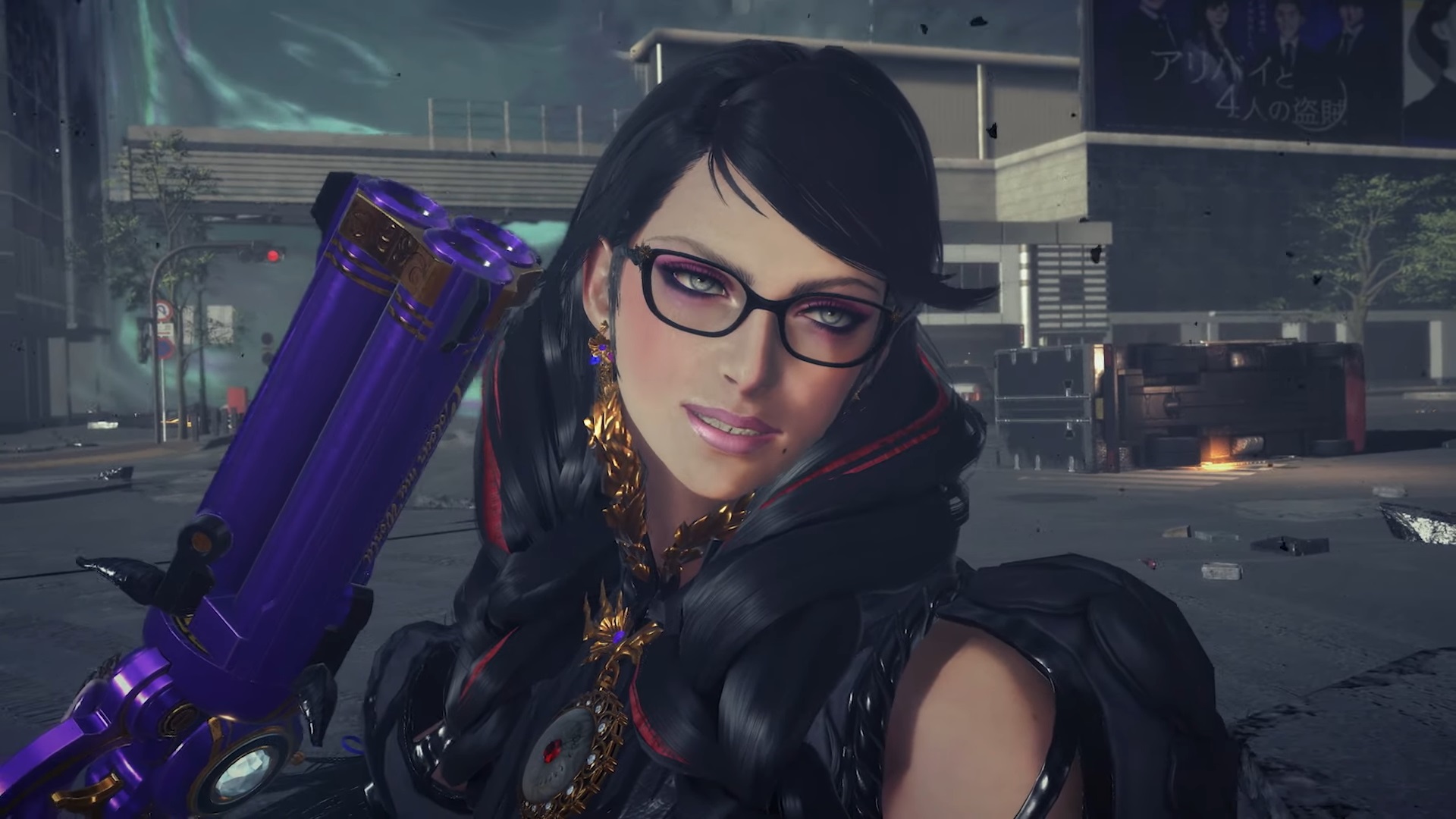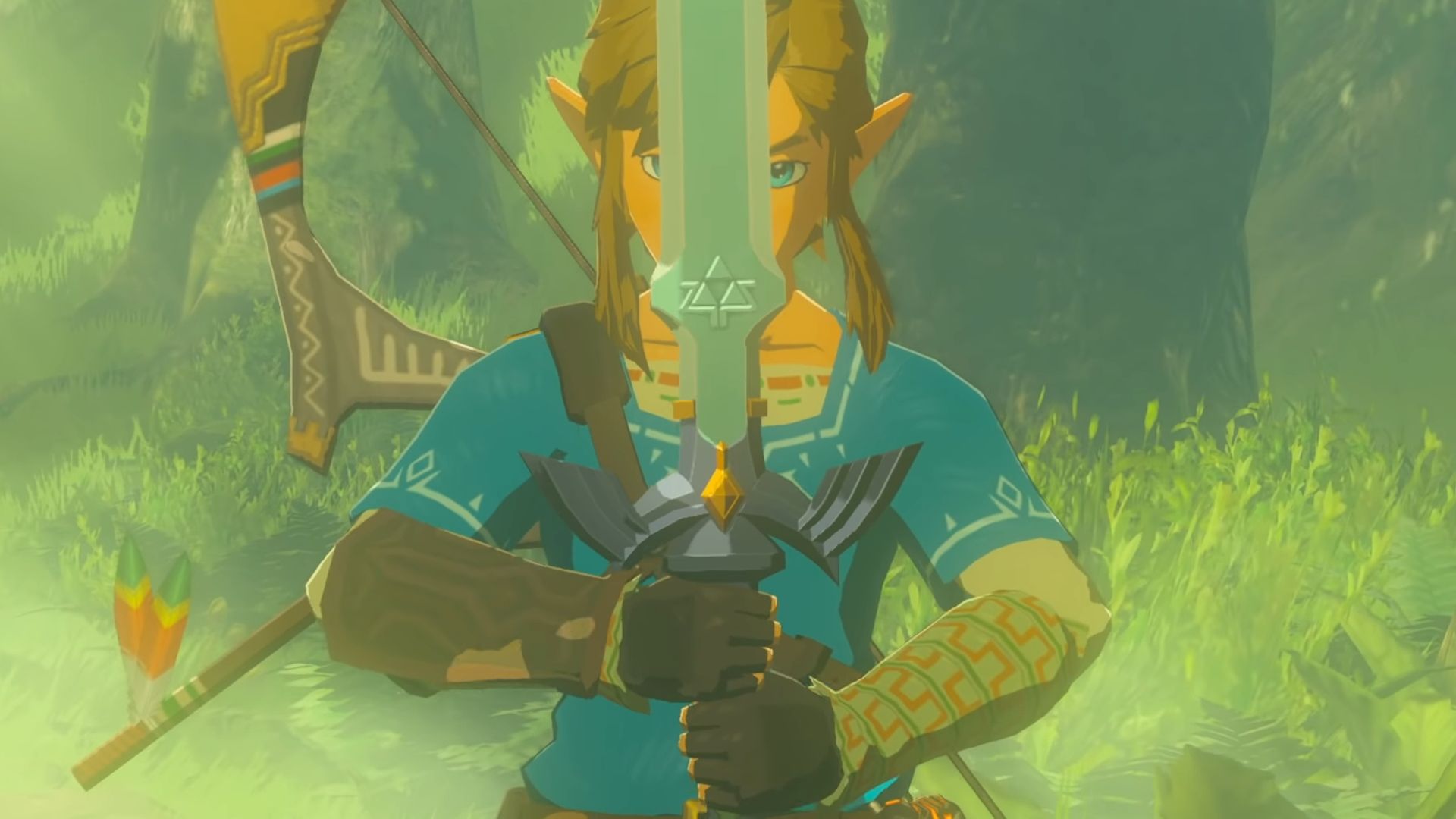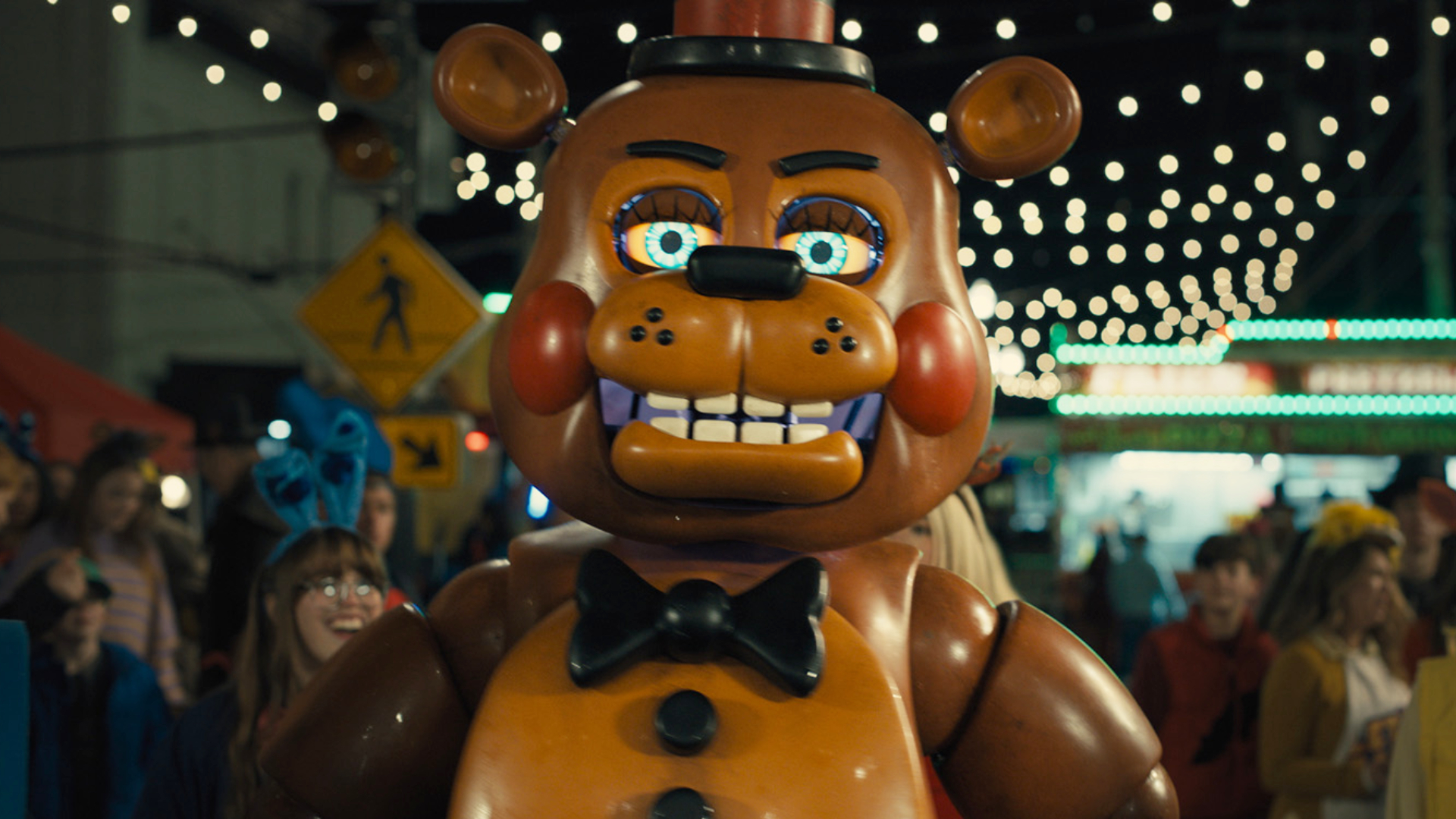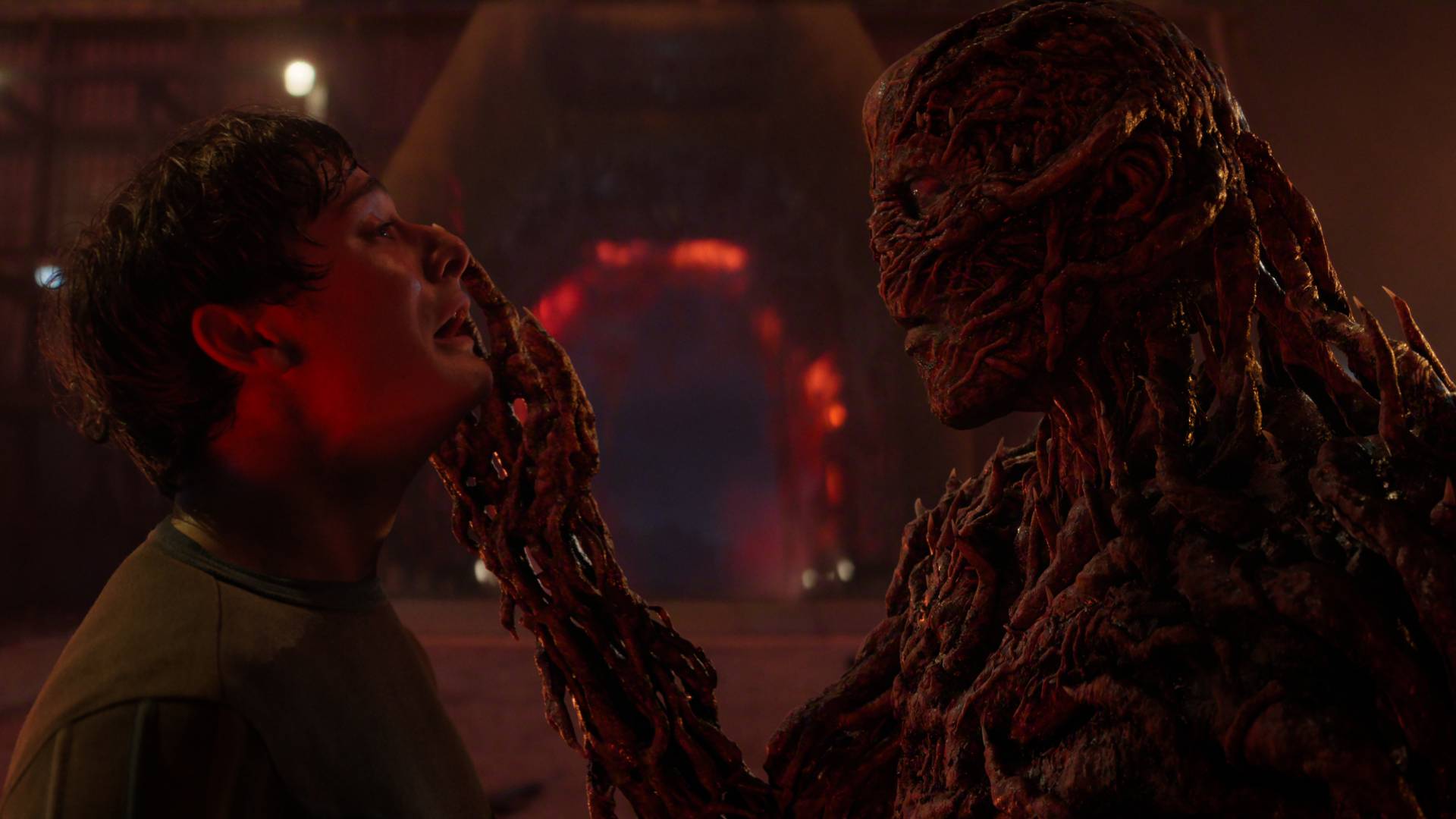One week of Switch 2 backwards compatibility: The good, the bad, and the bilinear-filtered ugly
Now Playing | Diving into the must-plays and everything that falls short

In the run-up to last week's Switch 2 launch, preview events and video presentations only answered so many questions about what to expect. Nintendo left one intriguing feature much more under wraps than you might expect for a "sequel" console: how it handles backwards compatibility. To find out, I've spent the console's first week obsessing over how well the original Switch library of games translates to a next-generation combination of hardware and portable screen.
Is the Switch 2 a bonafide back-compat success, so much so that Nintendo fans can trade in their original consoles? Or does it lead to errors and issues that would necessitate keeping an old Switch around? So far, the answer is a little bit of both.
What's going on with NS1 games on NS2?


Our Switch 2 review covers everything you need to know before buying the Nintendo's latest handheld
Unlike past Nintendo console transitions with shared game libraries, the Switch 2 employs an entirely new processor-and-hardware combination compared to its prior generation. Consoles like the Game Boy Advance, Wii, and 3DS included their predecessors' core hardware, which meant running old software was as simple as having old discs and cartridges access their relevant, older bits of the motherboard. No emulation or trickery required.
Switch 2, on the other hand, uses an upgraded-but-different Nvidia chipset and motherboard, which means backwards compatibility is achieved using a process that Nintendo technology development manager Tetsuya Sasaki describes as "converting game data for Switch to run on Switch 2… on a real-time basis as the data is read in." This is better known as a translation layer, and it means Switch 1 games do not run identically on Switch 2. But it's also not the same as the popular practice of software emulation. In particular, most Switch 1 games' code is passed along and processed identically on Switch 2.
In the case of software emulation, a system's games can be run with wildly different parameters – in one Nintendo-specific example, GameCube games emulated on Switch 2 via the NSO service have much sharper pixel counts than GameCube's maximum 480p resolution. At this time, Switch 2's translation layer is nowhere near as disruptive – though it can, in certain circumstances, unlock Switch 2's power for Switch 1 games in interesting ways.
When it's not exactly "backwards compatibility"

Nintendo has been bullish about select first- and third-party titles playing better on Switch 2, but many of the games in question have been patched to work as Switch 2-native software. That means they can tap into every hardware maximum available on the newer system, instead of having their code passed through the aforementioned backwards-compatibility process.
Some of these updates are free, while others cost anywhere from $10 to $20 for existing customers. (A few Switch 2-updated games, like Sega's Sonic X Shadow Generations, are only available at a full retail price, blurgh.)
Weekly digests, tales from the communities you love, and more
The Zelda duology of Breath of the Wild and Tears of the Kingdom have their "Switch 2 Edition" patches available as $10 purchases each, or as part of a NSO Expansion Pack subscription ($50/year in the US). However you pay for them, you absolutely should; they're easily the best examples of transformative Switch 2 patches. In addition to higher resolutions (1080p in portable mode, native 2160p when docked), each game includes higher resolution textures, vastly improved shadow fidelity, and loading times sliced in half.
So far, Nintendo hasn't patched every Switch game it's made for Switch 2 just yet, and free third-party patches are even scarcer, with No Man's Sky and Fortnite being the biggest recipients of such love. The former now includes a sweeping visual update of far more detailed worlds and more stable frame rates, and the latter errs on the side of nearly locked 60 fps performance at the cost of looking as graphically meek as its Xbox Series S port – but, hey, Fortnite finally looks and runs decently on a portable console.
Back-compat at its best

"Your journey to find the most improved Switch 1 games on Switch 2 will likely feel sporadic"
As of the Switch 2's first week of existence, the general rule of thumb is as follows: if a game launched on Switch 1 with unlocked frame rates or other scalable features, and thus ran out of performance headroom on the older system, it'll benefit the most from Switch 2's increased power. Switch 2's GPU and CPU are each much faster, and in general, games that are able to take advantage of these jumps in performance do so without noticeable bugs or issues.
As a pointed example, the 2021 re-release of id Software's seminal Quake on Switch 1 included optional toggles for modern visual effects like dynamic shadows and ambient occlusion, and these slowed the game down from its 60 fps maximum. Turn these on while playing the same game on Switch 2, and the slowdown goes away. (The same goes for Bomb Rush Cyberfunk, a stylish Jet Set Radio-like game that hid a performance-pushing option called "unleash the beast" on its Switch 1 version, which the Switch 2 can now comfortably render.)
Most Switch 1 games don't include such obvious PC-like toggles, however. This means your journey to find the most improved Switch 1 games on Switch 2 will likely feel sporadic. Which ones are better? And how are they docked compared to portable mode? There's really no way to comprehensively answer this with a library as extensive as Switch 1's, but I've so far uncovered a few highlights.
Bayonetta 3 and Red Faction Guerrilla Re-Mars-Tered are some of the best examples of games that shipped with 60 fps limits but couldn't reach those performance bounds on the weaker Switch 1. The former now moves at a blistering pace while players rack up gun-and-melee combos, while the latter no longer buckles under the weight of screen-filling explosions, particles, and physics reactions. Both generally stick to a consistent 60 fps refresh, as opposed to suffering from routine frame time spikes.
The Switch-exclusive brawler Marvel Ultimate Alliance jumps to a stable 30 fps on Switch 2, turning it from a slog to a delightful beat-'em-up. The same goes for the goofy arcade racing fun of Cruis'n Blast, also a Switch exclusive and also much more fun thanks to its consistent 30 fps refresh on Switch 2.
And in a few scant cases, thanks to the Switch 2's VRR mode in portable play, Switch 1 games can even exceed 60 fps while looking smooth - which is currently the case with Minecraft, which looks and runs phenomenally on Switch 2.
Not necessarily a magic wand

But in any case where a backwards-compatible game enjoys increased frame rates or loading times, and hasn't received a Switch 2-specific patch, you'll run into the issue of resolution not being updated. If a game ran at a very low resolution in either portable or docked mode on Switch 1, it will almost certainly do the same on Switch 2. Even when Switch 1 games included "dynamic resolution" options to increase pixel counts in select circumstances, these don't typically trigger on Switch 2 for players' benefit.
Also, in portable play, the Switch 2's backwards-compatibility mode has to upscale any image from a 720p maximum to a 1080p panel. For most games and content, this isn't necessarily a noticeable difference, and you'll have to squint to notice significant issues with pixel scaling. The exception comes from any games that revolve around chunky, integer-scaled pixels, like 2017's Sonic Mania. In that unpatched game in particular, any significant motion will result in a smeary, ghosting effect on the screen, thanks to whatever bilinear upscaling filter is being applied.
One easy solution for this would be for Nintendo to institute a 3DS-like option to render Switch 1 games on the Switch 2 panel at their original docked resolution, with black bars on all sides–thus shrinking the image, but still at least giving players a purer, integer-scaled option with less ghosting and other artifacts. As of press time, no such toggle appears to be available for Switch 1 games on Switch 2.
There's additionally the matter of games exhibiting weird behavior thanks to the translation layer employed in getting Switch 1 games working on Switch 2. I've seen multiple games crash in various menus, including the 2017 beat-'em-up Wulver Blade and the 2019 Ubisoft stunt motorcycle game Trials Rising, even though they're not listed in Nintendo's directory of games with known issues. (The latter, I will add, appears to run at a slightly less consistent frame rate on Switch 2 than on Switch 1.) And Switch 1 games like Borderlands 3 exhibit occasional flickering, screen tearing, and strobing effects when played on Switch 2.
Verdict: A solid start with more to hopefully come

For many of Switch 1's games with performance or image fidelity issues, changes and patches may simply never come, owing to old code no longer maintained by studios that have likely disbanded since their years-old games launched. Again, as this isn't a matter of software emulation, such improvements would need to be instituted on a game-by-game basis, with Nintendo mostly being limited to tweaking its translation layer to be more accurate, not more efficient or prettier.
But it's likely Nintendo will have more patches to come for its own first-party games, as it's already rolled out a surprise Splatoon 3 announcement in the past week. And if the game-transforming likes of Red Faction Guerrilla Re-Mars-Tered (currently on sale for 90% off at the Nintendo eShop) are any indication, perhaps game-specific patches will spur increased sales on Switch 2, thus incentivizing other publishers to sweeten their older games' Switch 2 potential.
Check out these upcoming Switch 2 games to keep an eye on when you're done digging through your original Switch library

Sam Machkovech is a freelance writer, editor, and consultant based in Seattle, WA. He has been writing about the intersection of art and technology since 1996, and he became a nationally syndicated video game critic before graduating high school. He has since written for American Airlines, Ars Technica, The Atlantic, Billboard, Edge UK, Game Developer, Polygon, The Stranger, and more, and he has appeared on programs including BBC World Service, Digital Foundry, Marketplace, and This Week in Tech. His favorite video game, by a longshot, is Picross 3D Round 2.
You must confirm your public display name before commenting
Please logout and then login again, you will then be prompted to enter your display name.


